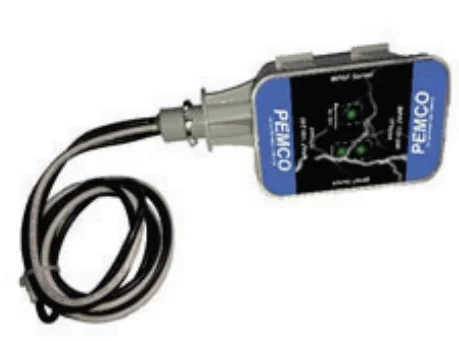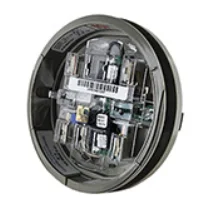surgeSENSE
The LCEC surgeSENSE surge-protection program is designed to help protect your major appliances from harmful transient voltage surges attempting entry into your home.
What is a surge?

How it works

Pricing

Order Product


The LCEC surgeSENSE surge-protection program is designed to help protect your major appliances from harmful transient voltage surges attempting entry into your home.




